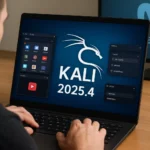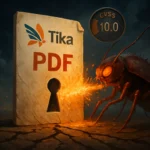A significant cybersecurity challenge is emerging as recent StatCounter data reveals that over 63% of Windows users continue to operate on Windows 10, despite Microsoft’s approaching end-of-support deadline in October 2025. This widespread reluctance to upgrade presents substantial security implications for both individual and enterprise users.
Current Adoption Rates and Migration Challenges
The transition to Windows 11 has been notably slow, with only 34% of users having made the switch. This situation is particularly evident in markets like Germany, where approximately 32 million computers, representing 65% of home devices, still run Windows 10. The gaming community stands as an exception, with Steam Hardware Survey indicating that 54.96% of gamers have already adopted Windows 11, demonstrating higher adaptation rates among tech-savvy users.
Technical Requirements and Security Infrastructure
The primary migration barrier centers on the mandatory TPM 2.0 (Trusted Platform Module) requirement. Microsoft maintains this requirement as non-negotiable, citing its crucial role in system security. TPM 2.0 provides essential security features, including cryptographic key protection, Windows Hello authentication, and Secure Boot functionality, forming the cornerstone of modern Windows security architecture.
Extended Support Options and Cost Implications
To address systems unable to upgrade, Microsoft has introduced the Extended Security Updates (ESU) program. Enterprise customers can maintain security coverage for three years post-end-of-support at $427 per device, while individual users face an annual fee of $30. However, experts emphasize that ESU should be considered a temporary solution rather than a long-term security strategy.
Security Implications and Risk Mitigation Strategies
Cybersecurity experts warn that delaying the Windows 11 migration creates significant vulnerabilities. Threat actors are already developing exploitation strategies targeting systems that will lose security support. Organizations and individuals running incompatible hardware should consider alternative operating systems, such as Linux distributions, which offer modern security features without hardware restrictions.
The urgency for action cannot be overstated as the 2025 deadline approaches. Organizations must conduct hardware assessments, develop migration strategies, and allocate resources for system upgrades or replacements. Failing to prepare for this transition could result in extensive security vulnerabilities, data breaches, and compliance issues. The time to act is now, whether through Windows 11 migration or adoption of alternative secure operating systems.






